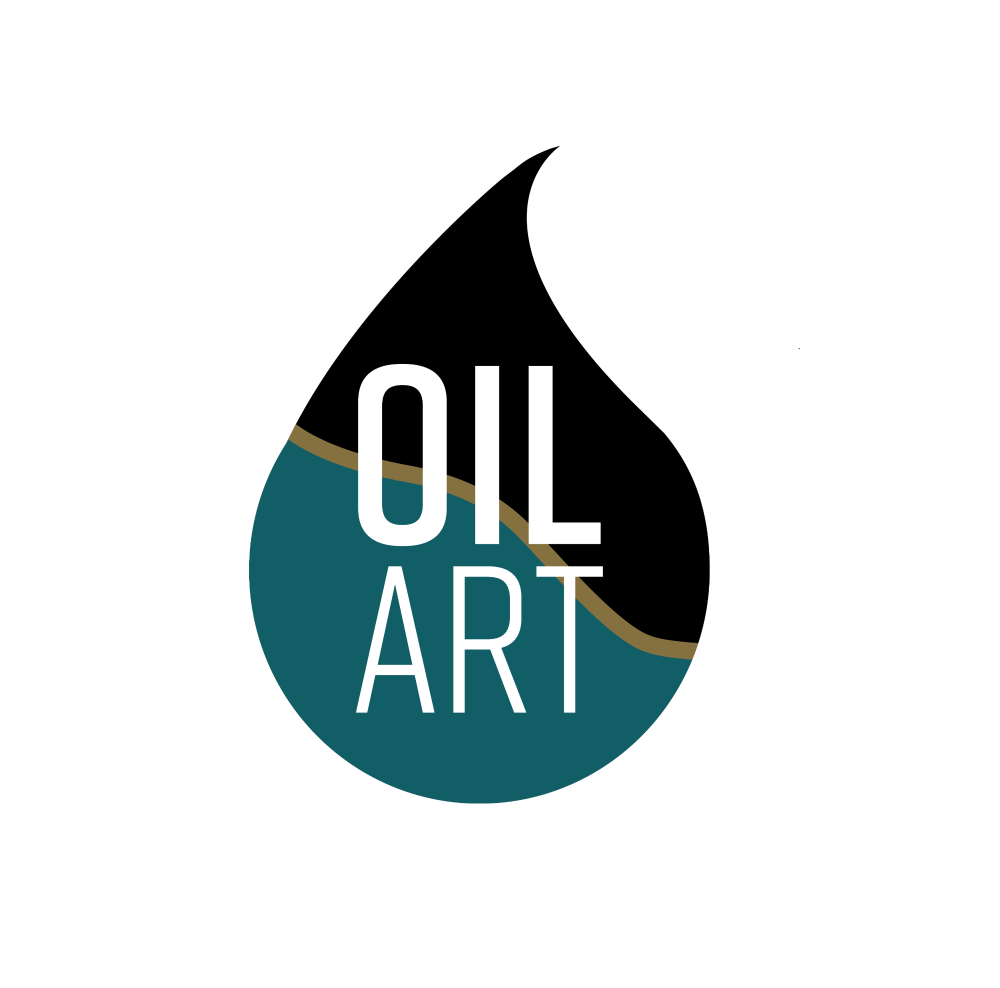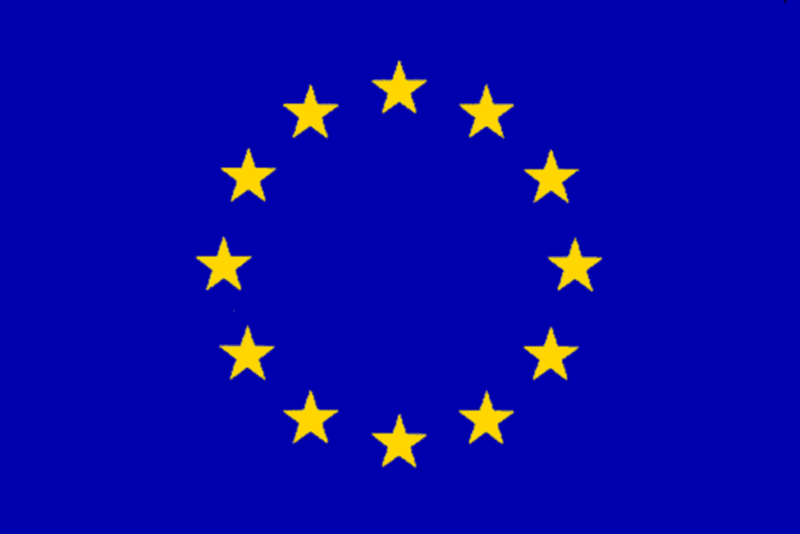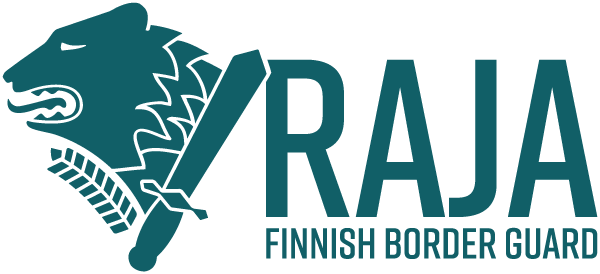As from the beginning of 2019, the Ministry of the Interior has been responsible for responding to oil spill accidents at sea as well as coordination of the overall development of the oil response. The Finnish Border Guard is responsible for responding to oil spills on the open sea and the regional rescue services respond to oil near the shoreline. In order to minimize the impact of major oil accidents, extensive, efficient and timely cooperation is needed among the national and international oil response authorities. The OILART project, which ran from 2019 to 2021, created tools for both designing a response operation and commanding it successfully.

In the Baltic Sea, maritime safety is at a good level thanks to persistent and continuous development work. Despite the safety measures in place, there is a considerable risk of an accident causing the spillage of as much as 30,000 tons of oil or significant amounts of other chemicals.
In the Gulf of Finland, for example, there are 25 large oil tankers sailing every day. Annually, 160 million tons of oil is transported through this heavily trafficked sea area. In the Archipelago Sea, the narrow passages through tens of thousands of islands pose a challenge to sea navigators. In case of an oil accident, hundreds of kilometres of environmentally vulnerable shoreline might be polluted. The challenge for the Bay of Bothnia is that this sea area is covered by thick ice every year. These harsh conditions and the long distances involved challenge oil responders in the area.
The Finnish shoreline is scattered and collecting oil from the shoreline is both expensive and slow. Therefore, in the event of a major oil spill accident at sea, it is critical to be able to collect as much of the oil from the open sea as possible. This requires efficient coordination and cooperation right after the accident has taken place. In order to minimize the environmental and socio-economic impacts, actions on the open sea and the shoreline must be sequenced and linked into one single operation with a common goal.
OILART – the right response at the right time
The outcome of the OILART project was a concept that improved capabilities to command a major oil spill response operation at sea. This was achieved first through providing a set of tools that facilitate coordinating the cooperation among response authorities. The second part of the concept consisted of the tactical principles guiding the response commander to design the use of response resources in the maritime operation at hand.
There are long traditions in both governmental and intergovernmental oil spill response cooperation in the Baltic Sea. Consequently, national and international oil response manuals define basic cooperation principles. Search and Rescue (SAR) manuals as well as incidents requiring cross-sectoral collaboration have already been agreed upon. Thanks to these existing foundations, it was possible to proceed with the creation of a tool that facilitates commanding a wide-ranging and long-lasting oil spill response operation that requires cooperation between several societal sectors as well as international help.
The OILART project followed the principles of a co-design process in which the authorities were working together. According to Finnish law, in addition to the Finnish Border Guard and the Regional Rescue Services, the oil spill response authorities include the Finnish Environment Institute, the Finnish Transport and Communications Agency and the Defense Forces. Other important actors include authorities in the neighbouring countries as well as the private sector and non-governmental organizations.
In the OILART project, the particular professional knowledge of the different actors was harnessed through scenario-based project workshops. Designing, testing and evaluating were the crucial steps in the OILART concept development process. As an outcome, the actors co-designed an operational art concept for oil response that will be jointly approved.
Towards the end of the project, the concept was further tested in live exercises led by Finland. Units from Baltic Sea countries participated in these exercises.
Besides the concrete outcomes created by the project, thanks to the multi-sectoral design process, general societal capabilities to respond to safety or security incidents were further strengthened.
The OILART project was funded by the European Union, the European Maritime and Fisheries Fund. The project was led by the Finnish Border Guard Headquarters and it ran till the end of 2021.
Video: Protecting the Baltic Sea – marine pollution response exercise Balex Delta 2021 (youtube.com)


